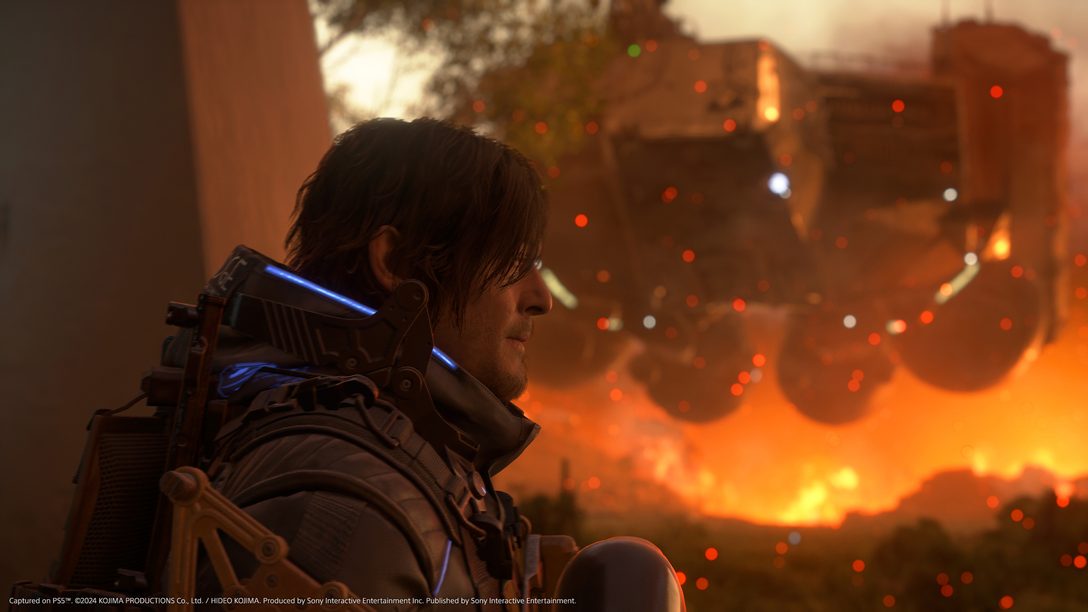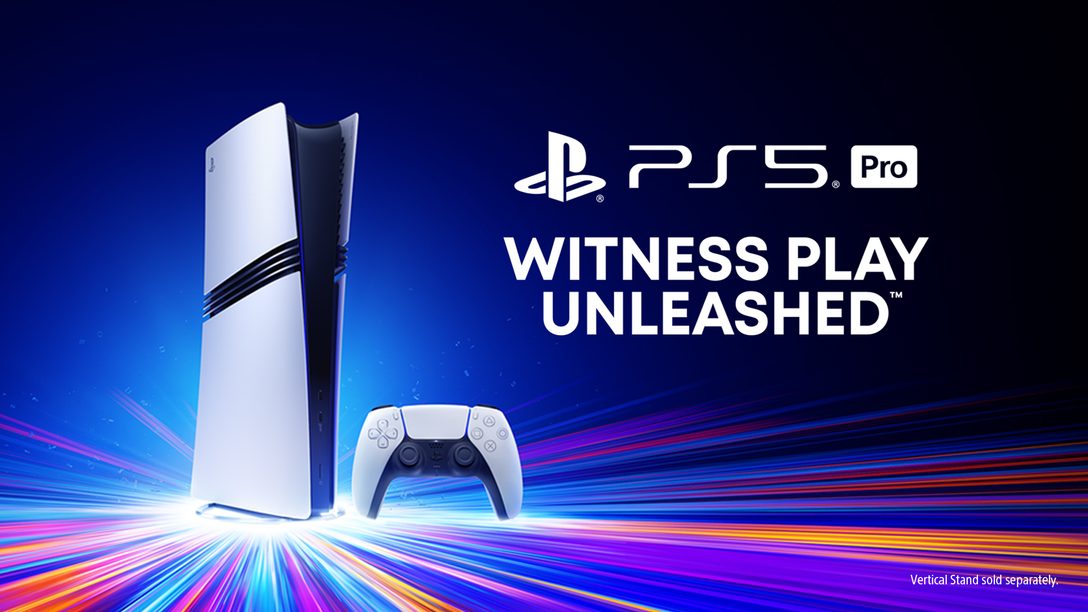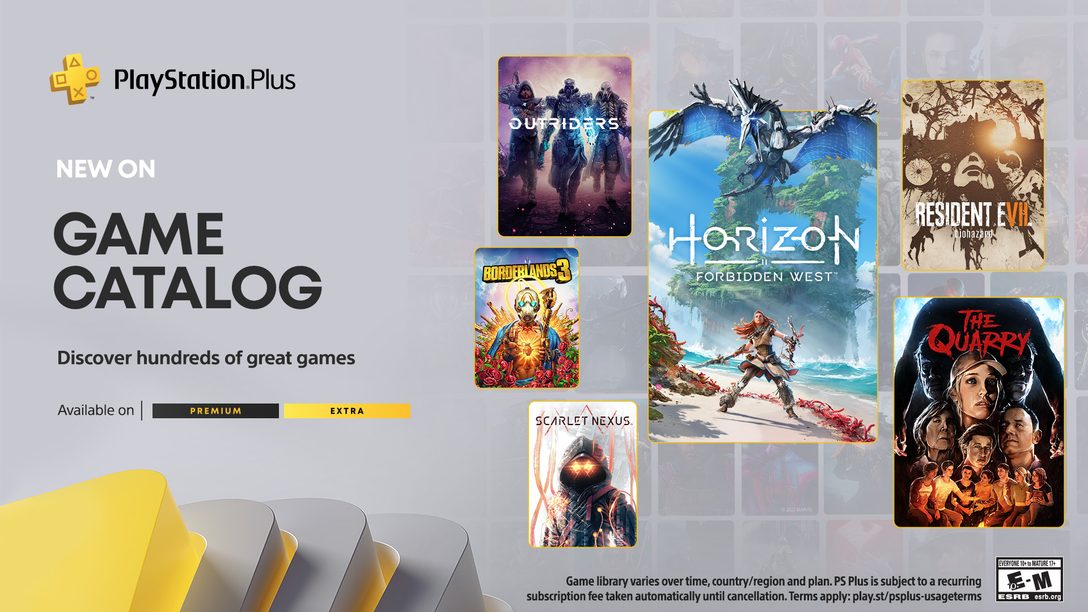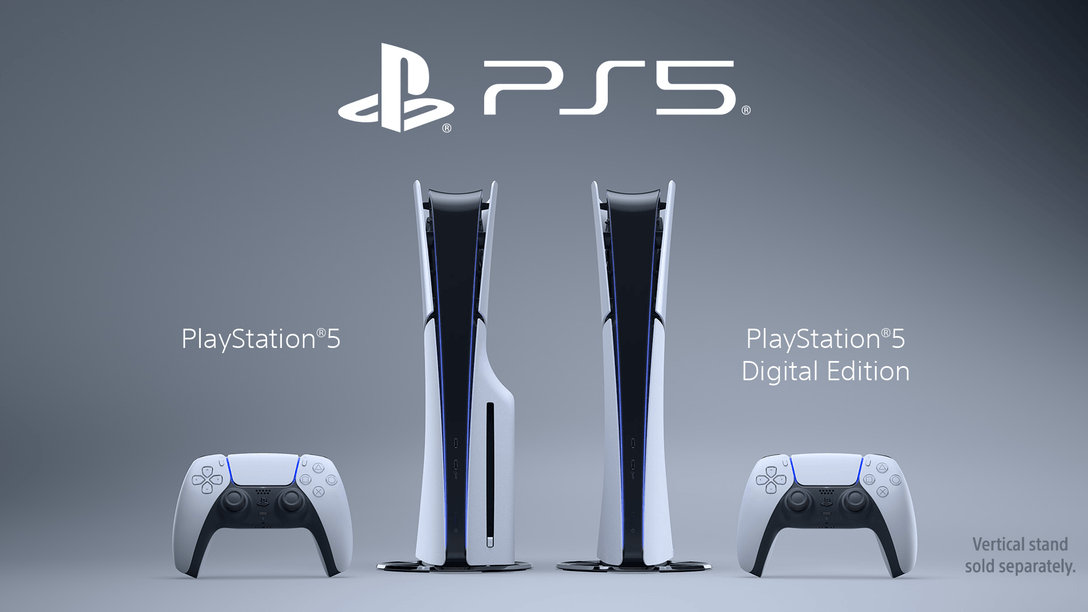
How the team brought Sam’s new journey and world to life.
Players can soon join Sam on the next chapter of his journey when Death Stranding 2: On the Beach arrives on PlayStation 5 consoles on June 26. We recently had a chance to speak with key members of the game’s development team: Yoji Shinkawa (Art Director, Character & Mech Design), Hiroaki Yoshiike (Lead Level Designer), Takayuki Uchida (Technical Art Director, Lead Environment Artist), and Akio Sakamoto (Chief Technology Officer, Technical Director). They gave us insights into their inspiration behind Sam’s next journey and how they brought their ideas to life.
More intuitive, satisfying, and grittier combat
PlayStation Blog: Were there any key takeaways from using the Decima Engine (a game engine developed by Guerrilla Games) in the first Death Stranding, and did any of those learnings impact the development of the sequel?
Sakamoto: When developing the first game, our hands were full trying to master the various features of the engine, partly because it was our first time using Decima, and partly because our highest priority was to release a game as quickly as possible. However, with Death Stranding 2, we kicked off development with a better grasp on the engine, so we were able to leverage its features and make improvements that served our purpose better.
Death Stranding 2 was tailored for PS5. How have the graphics evolved, and are there any visual enhancements that were only possible thanks to the power of PlayStation 5 Pro?
Uchida: We implemented a new day/night cycle in the open world. This achieves more realistic transitions between the time of day and introduces new dynamics that weren’t present in the previous title. The scenery and atmosphere now change depending on the time of day, so exploration is also more compelling and exciting.
For the base PS5’s Performance Mode, we stabilized the framerate by switching the LOD (Level of Detail) earlier to reduce geometry and adjust the resolution dynamically. On PS5 Pro, players can enjoy a higher resolution that is closer in quality to Resolution Mode, while maintaining 60fps gameplay.
Combat has been enhanced significantly. What principles guided you when implementing some of the changes?
Yoshiike: We focused on making the combat more intuitive, satisfying, and grittier than the predecessor. The previous game required players to switch bullets based on enemy type, which was important to us as part of world-building, but we removed that complexity in Death Stranding 2. We also fine-tuned certain elements, like improving the gunplay to feel snappier and adding slo-mo effects during combat so it’s easier and more satisfying to chain attacks. Sam is a porter, so rather than focusing on stylish moves, we emphasized action that felt more grounded and relied on Sam’s physical capabilities.

Are there any conversations you had with Kojima-san that stand out?
Uchida: One day early in development, a casual hallway conversation turned into a full-blown brainstorming session. Kojima-san joined the conversation mid-way, and the atmosphere instantly shifted. He came up with so many incredible ideas at lightning speed, and I was completely awestruck. Kojima-san’s ability to think outside the box and his dedication to the creative process inspired me to stay focused and committed as well.
More authentic emotions realized by 4D scanning technology
Characters in Death Stranding 2 feel much more expressive and nuanced compared to the previous game. Were there any points of focus or technological advancements that made this possible?
Uchida: Story is at the core of Death Stranding 2, so we leveraged 4D scanning for key characters to preserve subtle muscle movements and facial expressions of the actors. As a result, the characters’ actions and emotions feel more authentic, which I think will resonate with players at a deeper level.

What was your vision when designing new enemies, including massive bosses and the Ghost Mech?
Shinkawa: As always, Kojima-san challenged us to come up with something entirely new and different. Developing new character designs are always difficult, and with the Ghost Mech, we not only came up with a new design, but we also expanded on its origin and backstory.

Death Stranding 2 introduces many new weapons and items. What was the thought process behind these new additions?
Shinkawa: At its core, the game is about delivering supplies, so we needed to treat weapons as cargo that players carried around. Deciding what to transport is part of the gameplay, so we wanted the weapons to fold and transform into boxes or containers that function as cargo. The change in physical volume can appear uncanny in CGI, but we made sure that the transformation was believable without being visually contradictory.
Are there any in-game locations you’d like players to look out for in particular?
Uchida: We poured a lot of time and effort into developing the snowy mountains again in this title, and they will offer an even more compelling experience than the first game. The difficulty will vary significantly depending on the climbing route you choose, but players can look forward to breathtaking views at the end of each hard-earned ascent.

Any final words for players looking forward to the game’s launch?
Yoshiike: We’re thrilled that Death Stranding 2: On the Beach is finally launching. The game is packed with features and mechanics that many players will enjoy. Players from around the globe can connect and come together via the game’s SSS (Social Strand System). Every player will make connections in their own ways, and naturally, every experience that emerges from those connections will be unique. I hope players will have fun discovering those special moments as well.











Comments are closed.
10 Comments
Loading More Comments